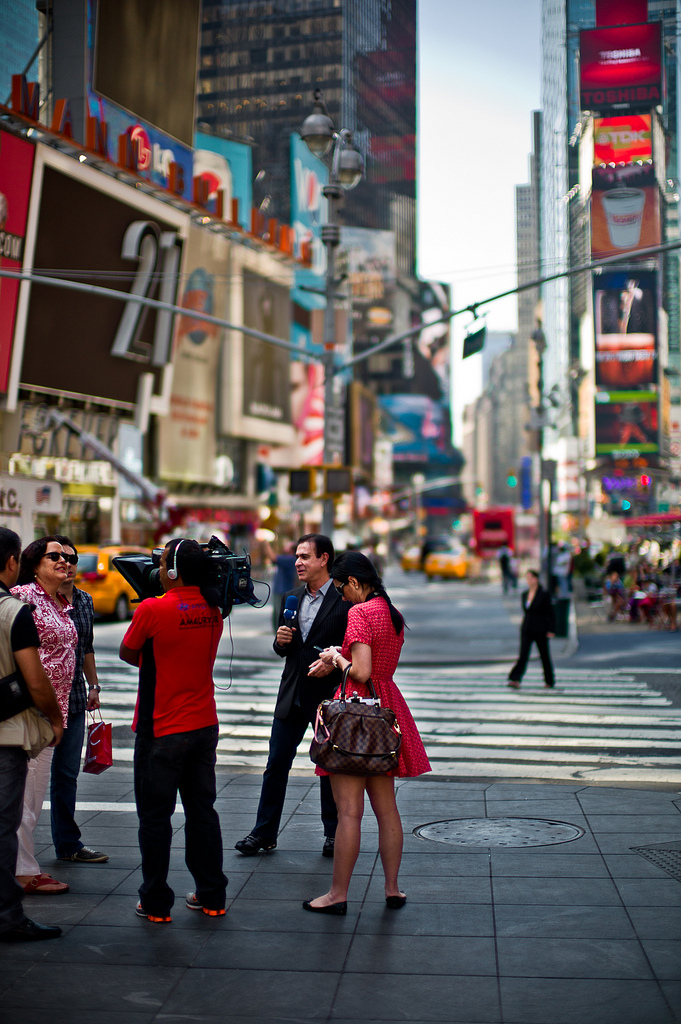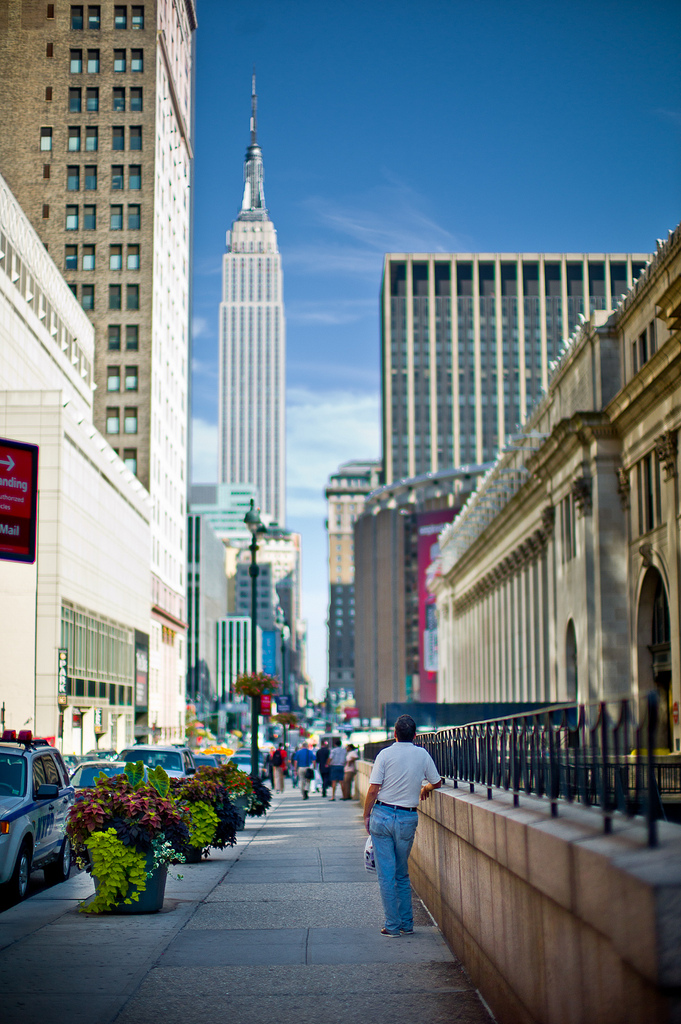Maybe I missed an explanation somewhere, but what I did not follow was why shallow focus should be dubious in bright light and not in darker conditions. If it is because you find this disturbing as it does not fit with your previous experience, I suggest that shows that the effect is challenging (which I would consider a positive notion) rather than ineffective.
I see more of it now than before. I think it is partly a meme. We live in an age of effective communication where fashions travel fast and far.
I also think it is a matter of equipment. People have greater access to more equipment and use it more imaginatively than only a few years ago; for example, how many film users used to fit so many and various lenses from so many and various manufacturers on their cameras?
And modern equipment is well suited to experimenting with shallow focus (indeed, it suits experimentation full stop). High resolution sensors and screens show off the effect very well and better than on film and in prints.
I do not see that shallow focus is a sign of laziness, lack of technique, failings of imagination or equipment and so on. Actually, quite the reverse. Fewer people are now tied to the ideas that wide apertures are to get around a lack of light and smaller apertures a desirable luxury to be used whenever conditions allow.
In short, I reckon that people do it intentionally because they like it and I suspect you like it less because it is not your style and experience.
Ah... To my mind, as applied to art, this is the classic omitted middle: good new art is often unfamiliar and challenges preconceptions, therefore, anything that is unfamiliar and challenges preconceptions is good new art. Which is of course nonsense.
What I'm suggesting that the current rash of shallow d-o-f shots in good light
isn't unfamiliar. It's all too familiar. When it was genuinely new, a few people exploited it to very good effect. But it's very hard to do well (I know: I tried 20 years ago with an f/1.2 Canon and an ND filter), and as executed by all too many people today it is indeed jumping onto a bandwagon that is already well on its way out of town. Yes, it can be done well. Yes, it can be striking. Unfortunately the two are not the same thing.
I'm also suggesting that when composed with conflicting visual clues (strong shadows, sun high in the sky,
plus extremely shallow depth of field), the picture has to be VERY good to be effective: mere novelty won't cut it, especially when it isn't novel.
A great deal of our visual vocabulary is learned. Perspective, especially vanishing-point perspective, is an excellent example. So to rephrase my orginal question, how much of the current wave of very shallow d-o-f shots in broad daylight is part of learning a new visual vocabulary (some, no doubt) and how much of it is me-too photography?
If you don't like the phrase 'me-too photography', consider that we almost all try new tricks when we see them, and sometimes we're proud of pics. Other times, we have to admit that we've failed.
Again, I'll repeat that there are plenty of good shallow d-o-f shots, under all kinds of lighting conditions. But it seems to me that right at the moment, there is a very high proportion of shallow d-o-f shots that are taken and disseminated for no better reason than that it is a (declining) fashion.
Cheers,
R.






